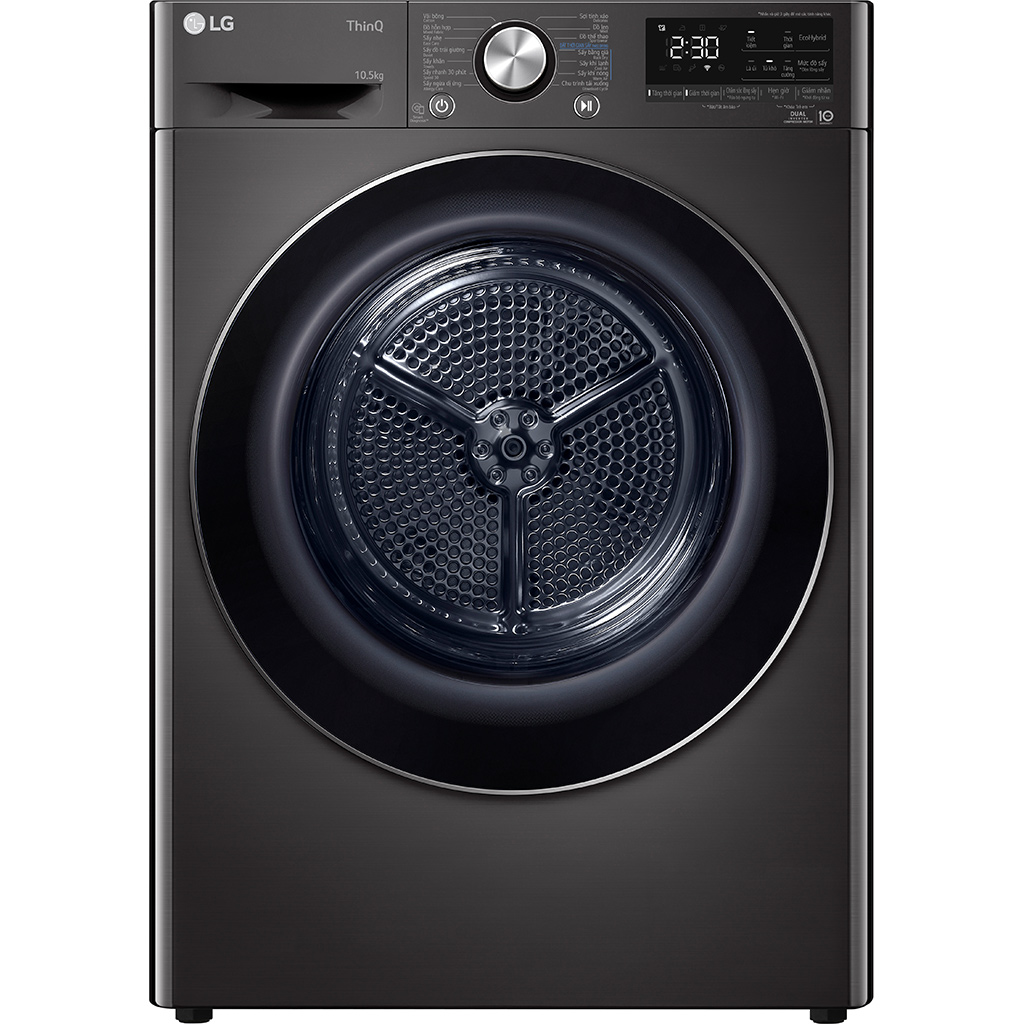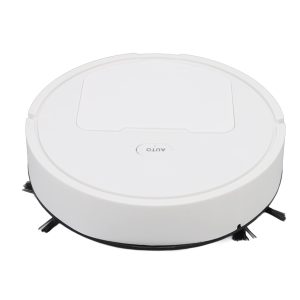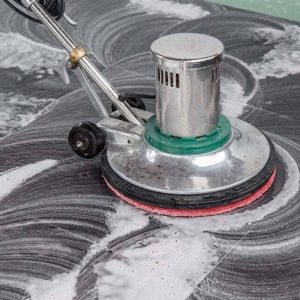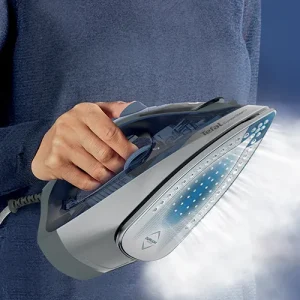What is a Clothes Dryer? How It Works, Applications, and Safe Usage

1. What is a Clothes Dryer?
A clothes dryer is a household appliance designed to remove moisture from washed clothes, making them dry and ready to wear. It is an essential device, especially in regions with high humidity, cold weather, or limited outdoor drying space.
Types of Clothes Dryers
There are several types of clothes dryers available, each with distinct features and benefits:
- Vented Dryers: Expel hot, moist air outside through a vent, making them efficient but requiring proper ventilation.
- Condenser Dryers: Collect moisture in a reservoir instead of venting it outside, offering more flexibility in installation.
- Heat Pump Dryers: Use advanced technology to recycle warm air, making them highly energy-efficient.
- Gas Dryers: Operate using natural gas or propane, often drying clothes faster than electric models.
Common Uses of Clothes Dryers
- Drying clothes efficiently, especially in humid or cold climates.
- Reducing wrinkles and softening fabrics.
- Providing a quick drying solution for emergency laundry needs.
- Enhancing convenience by eliminating the need for outdoor drying racks.
2. How Does a Clothes Dryer Work?
Clothes dryers function by circulating heated air through wet clothes, causing the moisture to evaporate. The moisture is then expelled or collected, leaving the clothes dry and ready to use.
Key Components of a Clothes Dryer
- Drum: The rotating compartment where clothes are placed for drying.
- Heating Element: Generates heat to evaporate moisture from fabrics.
- Blower Fan: Circulates hot air through the drum.
- Lint Filter: Traps lint and debris to prevent clogging.
- Moisture Sensor: Detects humidity levels and adjusts drying time accordingly.
- Control Panel: Allows users to set drying cycles and temperature levels.
Drying Process
- Loading: Clothes are placed inside the drum.
- Heating & Air Circulation: The heating element warms the air, which is circulated by a fan.
- Moisture Evaporation: Warm air absorbs moisture from clothes.
- Exhaust or Condensation: The moist air is either vented outside (vented dryers) or condensed into a water tank (condenser dryers).
- Cooling & Wrinkle Prevention: Some dryers have a cooling cycle to prevent overheating and excessive wrinkling.
3. Where Are Clothes Dryers Used?
Clothes dryers are widely used in various settings due to their convenience and efficiency.
Household Use
- Common in homes, apartments, and condominiums.
- Useful for families with frequent laundry needs.
- Ideal for regions with high humidity, frequent rain, or cold temperatures.
Commercial Use
- Laundromats and dry-cleaning businesses use high-capacity dryers.
- Hotels and hospitals require dryers for bulk laundry management.
- Gyms and fitness centers use dryers for towels and uniforms.
Industrial Use
- Textile manufacturing industries use dryers in fabric production.
- Large-scale laundry services for military, schools, and corporate organizations.
4. How to Use a Clothes Dryer Safely
Proper operation and maintenance of a clothes dryer ensure safety, efficiency, and a longer lifespan for the appliance.
Safe Usage Guidelines
- Read the User Manual: Follow manufacturer instructions for correct operation.
- Check Fabric Labels: Some fabrics are not dryer-safe and may shrink or get damaged.
- Avoid Overloading: Overloading reduces drying efficiency and increases wear on the drum.
- Clean the Lint Filter: A clogged lint filter can cause overheating and fire hazards.
- Ensure Proper Ventilation: Vented dryers need proper airflow to prevent moisture buildup and mold growth.
- Never Leave Unattended: Avoid running the dryer overnight or when leaving the house.
- Use the Right Heat Setting: High temperatures can damage delicate fabrics.
Maintenance Tips
- Clean the lint filter after each use to maintain airflow.
- Inspect the vent hose regularly to prevent clogs and fire risks.
- Wipe down the drum occasionally to remove residue buildup.
- Keep the area around the dryer free from flammable materials.
Conclusion
A clothes dryer is a valuable appliance that simplifies the laundry process, providing convenience and efficiency in homes and businesses. Understanding how it works, where it is used, and how to operate it safely helps users maximize its benefits while minimizing risks and maintenance issues.







